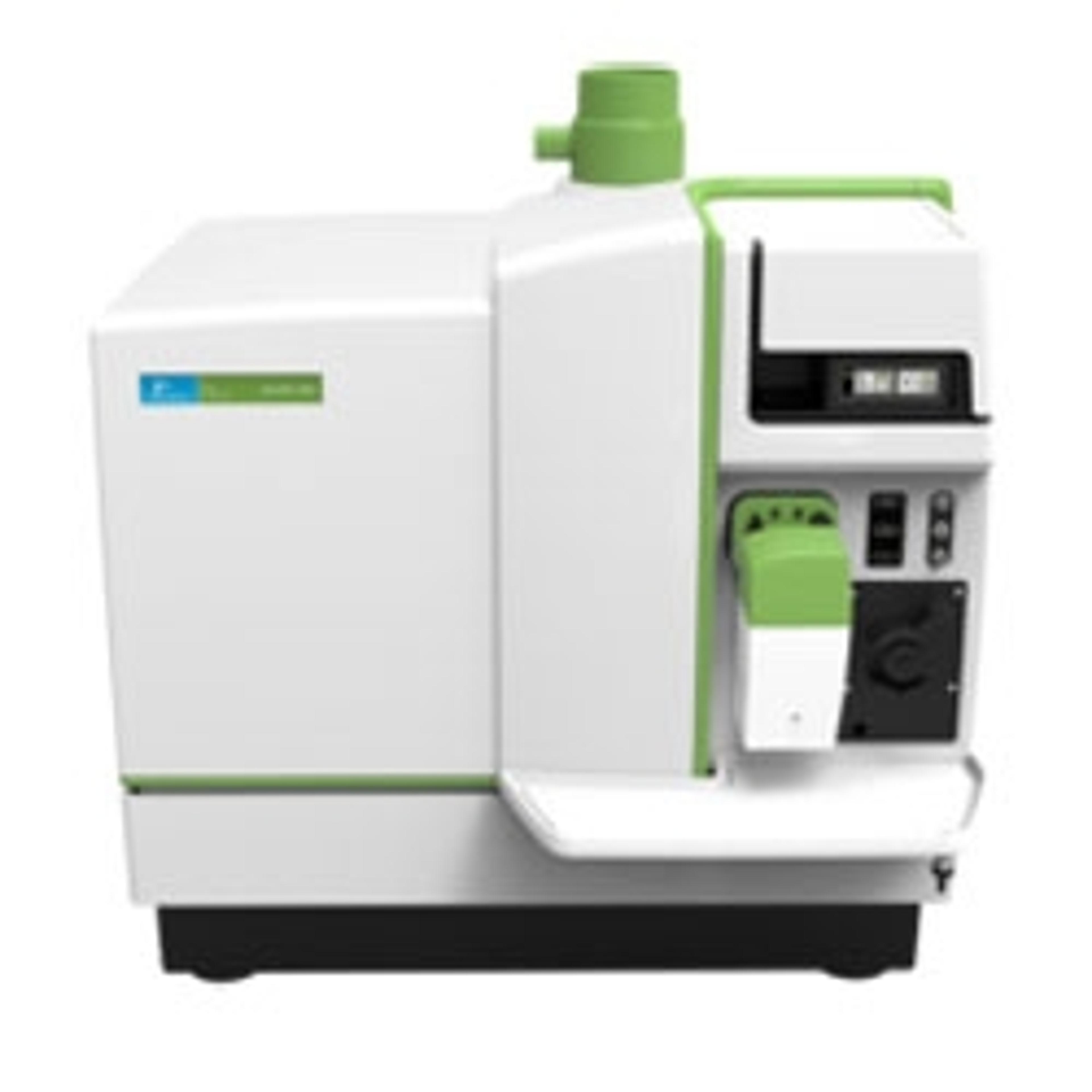Making compliance turnkey for elemental impurities testing in pharmaceuticals
Watch this on-demand webinar to find out more about how to adopt and streamline ICP-MS based solution approaches in elemental impurity testing
5 Jan 2021
With regulatory requirements, validation protocol and data integrity all at the forefront of compliance, it is important to equip the laboratory with more than just analytical equipment. A turnkey solution is to provide analytical chemists with the tools, resources, and knowledge to develop compliant protocols and procedures.
In this on-demand SelectScience® webinar, Aaron Hineman, the Inorganic Product Line Leader with PerkinElmer, reviews a total ICP-MS based solution approach for solving elemental impurity testing in pharmaceuticals. Watch this webinar to learn about:
- USP Chapters 232 and 233 and ICH Q3D
- 21 CFR Part 11 requirements and compliance
- Solutions to streamlining your ICP-MS based elemental impurity testing
- Software and computer system validation requirements to ensure data integrity and compliance
Read on for highlights from the live Q&A or register to watch the webinar at any time that suits you.
Watch on demandQ: Why would we select the CSV over the IQ-OQ?
AH: We typically select CSV (Computer System Validation) instead of IQ-OQ if your company is not familiar with the software and would like assistance with performing this validation. Our CSV service goes above and beyond installing the instrument and software, by then qualifying that the software is installed correctly. The CSV goes above and beyond, with more tests validating that it is installed, operational, and configured properly in the operating system. You would also select it if you want to get ready faster. IQ-OQ leaves a lot of those validation tests up to the end-user validator.
Q: Do you recommend the use of reaction gases?
AH: You can use reaction gases, especially in some matrices like high carbon samples or high chloride samples. But, in general, for these limits or to hit these sorts of detection limits for ICP-MS, collision works fine. So yes, you can use reaction gases, but we typically recommend starting with collision. If we need to push the detection limits lower on ICP-MS then go to reaction. We have plenty of sensitivity. It is not a worry for these sorts of levels.
Q: Does your software integrate with the Microsoft Active Directory?
AH: Yes. Our software integrates with Microsoft's Active Directory to the extent that it uses Active Directory to authenticate user credentials. Once the IT administrator sets up a security group within the Active Directory, it will essentially check to see if the user is in that security group, and whether their credentials are verified. I do recommend using Active Directory, it is a better way to go.
Q: There are currently no permissible daily exposures (PDEs) for transdermal products. When will they be published? In the meantime, what method of delivery should be used?
AH: There are currently no PDEs but there is a draft. The R2 guidelines are coming out from ICH to 3D Group to talk about cutaneous. So, there are cutaneous PDEs and concentration limits for a 10-gram dose. Right now, it's out — it came out for public consultation in September. That usually goes out for about 6 to 12 months depending on how much feedback they get. During public consultation, it could go back and forth a couple of times before being recommended as the final guidelines, so they are in the works. You could probably use those limits as a guideline. But in the meantime, we typically start with oral PDEs and then do risk analysis or risk assessment from there.
Q: Are there any articles or publications you can suggest that would be a good overview of these regulations?
AH: There is a variety of articles out there. We do have a white paper that does discuss this. There is also a book by Rob Thomas that talks about the analysis of elemental impurities with regards to pharmaceutical products, so finished drug products.
Learn more about how to adopt and streamline ICP-MS based solution approaches in elemental impurity testing: Watch this webinar on demand here>>
SelectScience runs 10+ webinars a month across various scientific topics, discover more of our upcoming webinars>>

